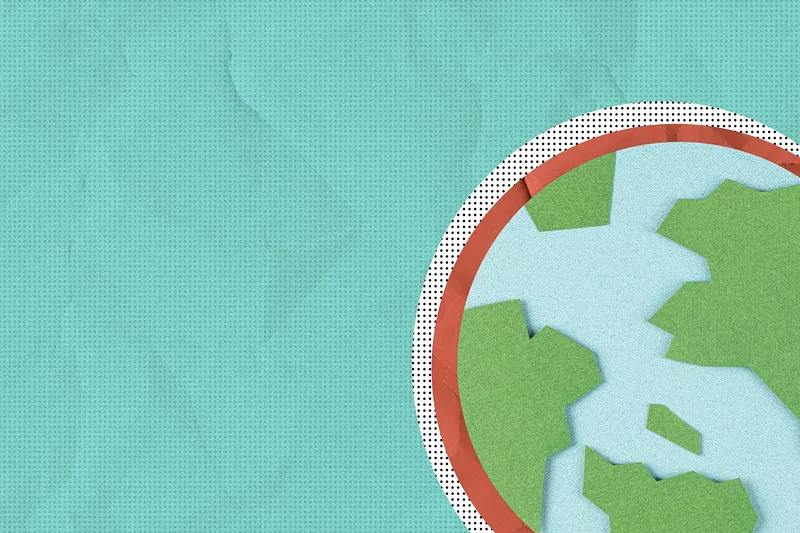By Simon Axon, EMEA Industry Consulting Director at Teradata
Sustainability is frequently regarded as just another compliance hurdle. Yes, it is vital, and banks, like other sectors, wholeheartedly embrace the need to change. But while it often starts with meeting regulations and commitments, it could be a much more positive engagement. Armed with the right data and the right analytics, banks can use sustainability as a catalyst to create innovative new lines of business, enhance value to customers, and create higher-margin products. The market although young and relatively unexplored, is potentially massive. As reported by Bloomberg, in just 8 years the market for sustainable financial products has gone from zero to $1.1 trillion! Customers of all types are not just looking to banks for capital, but advice and direction on how best to green their businesses. Working with customers to help them realise more sustainable futures could unlock new value in existing relationships as well as attract new business.
GOOD WITH DATA – DATA FOR GOOD
Banks are good with data. Customers trust them to handle terabytes of sensitive information efficiently and securely. They rely on them to distil good advice from complex data. To create new growth, they need to extend this advantage to help customers interrogate, understand and make actionable decisions based on climate and environmental data.
Customers, SMEs in particular, struggle to collect and analyse data on the sustainability of their own operations. Even those who already develop insights from the data they have probably do not have the means to make effective comparisons with their peers or with ‘best in class’ operators. Banks should not step in as outsourced ‘data bureaus,’ but can provide frameworks, best practice guidance and potentially even benchmark data to these customers. All of which adds value to the relationship and can help spot new financial service opportunities.
With a flexible data platform, a bank can ingest customers’ sustainability data, combine it with existing customer and financial data to provide new analytical insights of value to both parties. For example, banks could add environmental KPIs or ‘RAG-ratings’ to customer information dashboards. Combining data and viewing it through the twin lenses of environmental and financial impact creates a platform for a range of high-value services.
SUSTAINABILITY RISK AND REWARD
Leveraging this data banks are well placed to help SMEs better understand their own climate-related risks. With this knowledge they can accelerate change by helping customer identify business opportunities where additional investment will have the best environmental impact, or those where the most urgent transformations are required. The more granular the data that both parties can interrogate the more precise and valuable those decisions can be.
For example, agriculture is one of the biggest contributors to greenhouse gas emissions as a sector. But unpacking the aggregated data reveals that every type of farming, every farm, and even every field performs differently. Working with farm customers to understand this can help direct money and action to improving the performance of every individual field. Banks increasingly need this granularity of understanding of environmental risk factors when lending, so why not share the knowledge and help change behaviours? Creating data platforms that can integrate diverse data from a wide range of sources, analyse it and expose the insights in ways that can be shared with customers will support higher-value conversations, partnerships and decisions that not only de-risk investment, but accelerate sustainable development.
EARLY ADVANTAGE
Those banks that can leverage their data and analytics capabilities to include customers’ and other third-party environmental data in ways that create new ways of engaging, retaining and profitably serving customers will have the advantage. New insights will build differentiation and attract more business and will help quickly expand a bank’s green lending. Swelling loan books with ‘green’ loans, backed by granular data that proves their environmental credentials, helps meet regulatory and voluntary commitments to increase the proportion of sustainable investing. It also provides increased capacity to support issuance of more green bonds to institutional investors keen to flow capital into sustainable investing. Ultimately, that creates a new platform for growth within the bank.
The incentives to put data at the heart of sustainable finance are clear. But to be effective as a catalyst for growth it needs to at the core of the business. Bespoke, stand-alone, green-data analytics lack the essential capacity for data to flow across the whole enterprise. It is the combination of data that adds the value and differentiates banks from other parties offering advice on green transformations. To be the engine of growth it can and should be, sustainability data must be fully integrated with the core data platform of the bank. All types of data from across the customer value chain must be analysed at speed and scale to create insights that drive sustainable investments and outcomes and create new value for customers. The green brain cannot be a parallel system. Instead, it mut be the application of an enterprise-wide data platform to sustainability decision-making.
The leading banks of tomorrow are already investing in unified, scalable enterprise data platforms as the foundation of their growth and agility. To find out how they are creating and applying these core architectures to generate new growth from sustainability, please get in touch with the financial services consultancy team at Teradata.

